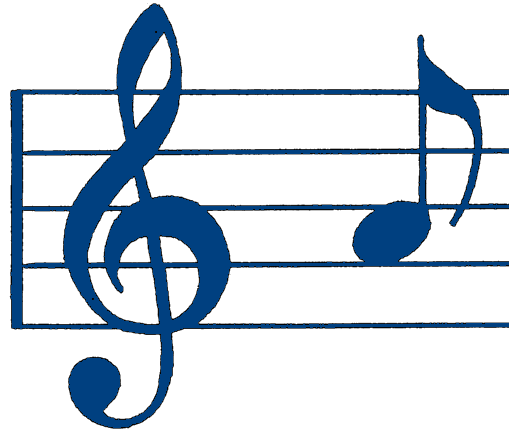


103d INFANTRY DIVISION WORLD WAR II ASSOCIATION

103d Infantry Division Band


From the first formations of the Continental Army during the American Revolution, bands were included in the ranks to provide music for ceremonial functions and to bolster troop morale. Drummers and buglers were primarily engaged as signalers, and larger ensembles provided inspirational music to improve troop morale.
Army bands along with color guards and honor guards have borne the customs and traditions of the Army, they have also incorporated the legends and practices from the past to represent them in the present. The band and the guards combined to carry the lineage and traditions of their units into public view as they march in the vanguard during a wide variety of traditional ceremonies. The fags, streamers, and armed soldiers of the color guard carry the Army and the Nations story before new generations of spectators. The mace, the baldric, and the drums of an Army band display the battle honors of the division or unit it serves. Bands consciously select music to stir martial and patriotic emotions. The bands also act to commemorate the original function of Army musicians as signalers on the battlefield. The patriotic music of Army bands encourages an element bonded spirits among all soldiers in ways that written or spoken language is unable to convey. Assembled as a team, Army bands with color guards and honor guards create a living display of Army tradition.
Bands serve as representatives of senior commanders in multinational operations or to the host-nation population because they are inherently capable of providing a climate for international relations. Their ability to project receptiveness serves to support commanders in dialog with civic leaders. In this regard, Army bands act as part of the cultural exchange that includes artistic and social elements that benefit the United States and its interest, as the soldiers participation in civic activities encourages goodwill at the core level of international relations.
The 103d Infantry Division band was activated on November 15, 1942, and most of its members participated in basic training at Camp Claiborne, and then went to Camp Howze where they played march music during the parades. The 103d Infantry Division band had 28 members, many of whom had played with the New York Symphony or other big bands of the ear before the war, including Tommy Dorsey and Jan Garber.
The 103 Infantry Division band held their first European concert in Saint-Die-des-Vosges on November 24, 1944. The band played at an event where the Mayor of Saint-Die, Monsieur Evart, named the town square in honor of the 103d Infantry Divisions liberation of Saint-Die. Another memorable event was when the band played in the American military review that marked the surrender of German troops at Innsbruck.
Dale Center for the Study of War & Society • School of Humanities-History• College of Arts & Sciences
The University of Southern Mississippi • 118 College Drive #5047 • Hattiesburg, MS • 39406
webmaster Dr. Kenneth Swope
